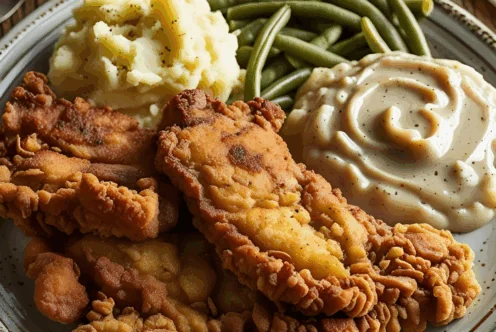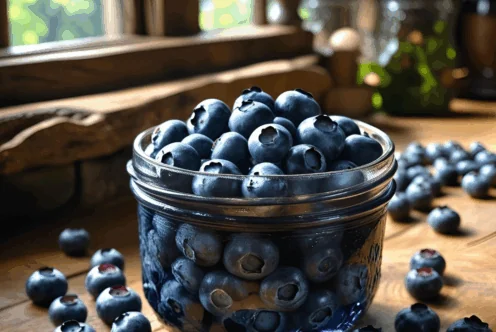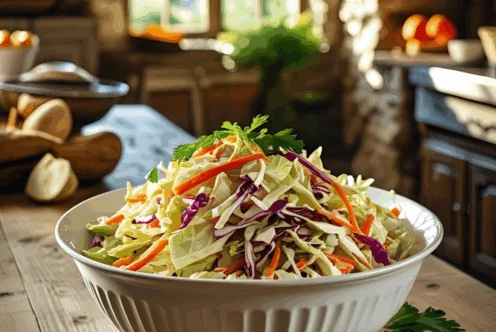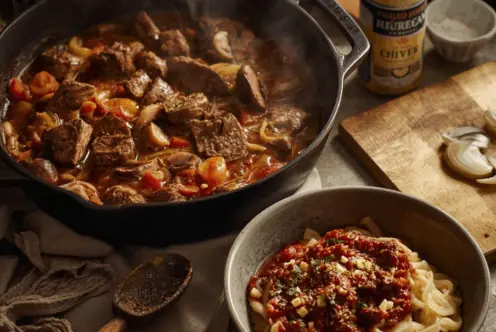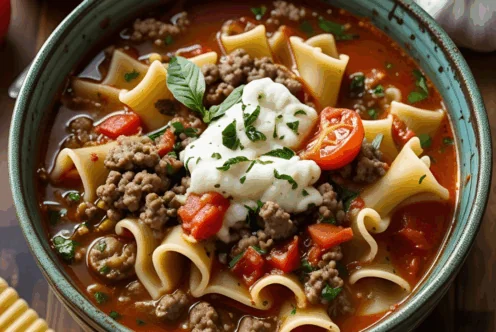Blog
How to Avoid Food Poisoning at Home
By Erin Wyatt a Recent ASU Nutrition Student
When we sit down at the kitchen table for dinner, ready to dive into our meal, food poisoning is probably the last thing on our minds. However, this unpleasant, and sometimes fatal, sickness is extremely common, affecting 1 in 6 people each year.1 The good news is that foodborne illnesses are avoidable when proper food handling is applied to the kitchen. To protect yourself and your family, just follow a few simple rules during preparation, cooking, and storing your food.
Preparation
Before the cooking process even begins, there are steps to take to prevent foodborne illnesses. One of the most important steps is washing. Washing properly can inhibit bacteria from growing in places that come in contact with your food.2 Below are the items that require attention when safely preparing food.
- Hand washing for at least 20 seconds
- Cleansing of countertops, utensils, and cutting boards
- Rinsing fruits and vegetables, even ones that will be peeled2
- DO NOT wash meat, as bacteria can splatter onto other surfaces2
- Be sure to keep raw meats and eggs separate from these clean areas1
Serving
Another way to keep food poisoning at bay is to thoroughly cook all of your meats. Everyone thinks they know when their meat is just right, but better safe than sorry when it comes to serving your family. This should be done with the use of a meat thermometer, which can take the guesswork out of wondering if a dish is done cooking, especially when cooking a prime rib. Be sure to check the temperature of the thickest part of the meat to ensure an accurate reading. Below are the correct internal temperatures of different meats, provided by the Center for Disease Control.
- 145°F for whole meats such as beef, veal, lamb, pork, ham, and fish
- 160°F for ground meats such as beef, veal, pork, and lamb, as well as egg dishes
- 165°F for all poultry and casseroles
Storing
Food safety doesn’t end once the meal is finished. Sometimes after eating or while hosting, the last thing we want to do is get up and clean the kitchen. However, we should at least put away the leftovers if we want to keep any germs from growing on the food. A lot of work went into creating that meal, don’t throw it all away when you can enjoy it again! Bacteria can grow within 2 hours if the food is not refrigerated.
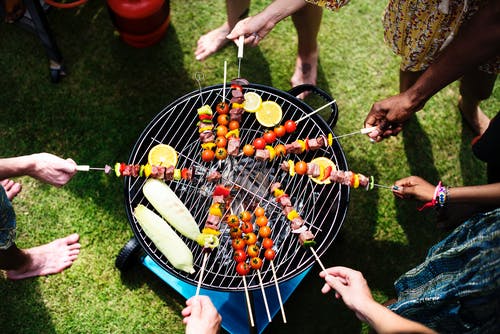
2 This reduces to only 1 hour if outdoor temperatures are over 90°F.2
Different foods have a longer shelf life than others. Rather than using your nose to decide if an item has gone bad or not, the USDA has provided a website and handy app for verifying the length of time foods can spend in your pantry or refrigerator. It is called the FoodKeeper App.
While most of these suggestions feel like common sense, sometimes we forget the little things while preparing a meal in a hurry. However, these simple rules will help ensure that everyone enjoying your food will be safe from foodborne illnesses. Just be sure to properly prepare, serve, and store your food. The FoodSafety website has a lot of additional information, as well as alerts about food recalls. Happy and healthy eating!
Looking for more tips and tricks like this to keep you family happy and healthy? Check out the Fill Your Plate Blog. Looking for some new recipes to try out? Check out the Recipe Section of our website. How about some fresh produce that the whole family will enjoy? Check out the local Farmers Markets near you.
References:
- Center for Disease Control (2018). Be food safe: Protect yourself from food poisoning. Retrieved February 19, 2019 from https://www.cdc.gov/Features/BeFoodSafe/
- Clean (n.d.) Retrieved February 20, 2019 from https://www.foodsafety.gov/keep/basics/clean/index.html












